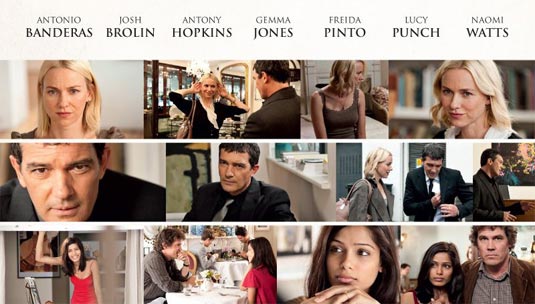by Anuranjan Roy
There was the slouch and there was the swagger. The open top button of his cricket playing uniform be it Tests or ODIs, the amulet around his neck he let hang out to watch his 'supple wrists' come into play. The TV commentators' repeated use of the words 'soft hands' when he was batting and 'sharp catch' when he was on the field. The unique all-white helmet he wore and the routine "The boys played really well today..." nature of his post-match presentation talk irrespective of the match's outcome. My first clear memories of watching Indian cricket sometime back in the early 90s didn't feature victory too much. Yet they have staying power as if bound to my psyche with strings of silk.
-
Then came that dreadful night of 1996. Why? Why would anyone choose to chase under lights at the Eden Gardens, notorious for being the wrong place to chase runs under the lights? Why in the World Cup semi-final? The whispers grew louder. Psssttt... do you know what happens in the Sharjah matches? Psssttt... did you not wonder why so-and-so played in such-and-such manner? The accusations were horrifying, the crimes were unspeakable. Whether that particular match had any undue influences exerted in its sad result will remain a debate quite irresolveable, rearing its head up even recently but the fact was our way of looking at and investing real emotions in Indian cricket would change forever in the next few years to follow.
-
I refused to believe. No, no. Not him. I thought of the reluctant ease with which the bat was held, almost unwillingly and the casual flash it took to reach the ball. The unlikely angles created when a fullish delivery outside off stump was dispatched to any of the leg-side boundary boards. I remembered the time when, on his favourite ground of the Eden Gardens, Lance Klusener, taken for five consecutive Hyderabadi fours in the first over after lunch, looked flabbergasted. How he walked up to the youngster immediately after the over to tousle his hair, smiling and offering his commiserations to the beleagured debutant. Once when he didn't catch Curtly Ambrose cleanly in the slips, even though the batsman had walked, he called him back to the batting crease. He the ever cheerful sportsman, a gentleman cricketer, supremely and dominantly competitive in the arcs traced by his bat but never a trace of ugliness in his on-field behaviour.
-
Children are creatures of instinct. Swinging conditions or sharp bounce or footwork were fancy terms too much for an immature brain to process. The appreciation of those handling such conditions via technique would come as I grew older. All I understood and appreciated in the beginning was the flair. And that, he had plenty of. Our heroes, sporting and otherwise tend to be put up on high pedestals, especially the ones that drew us in our formative years, aiding the belief that they were not subject to other worldly human flaws. To the unbiased logical mind, the facts of the enquiry were clear-cut and so was the decision. But in a place where there should be searing anger, there is only a dull pain and a lasting refusal to accept reality. No, no. Not him.




